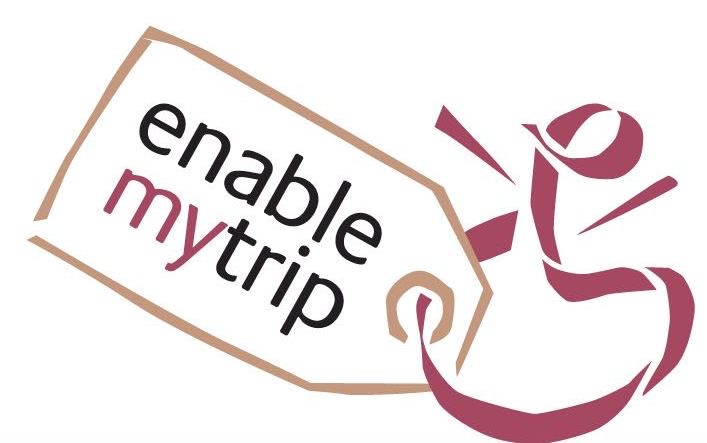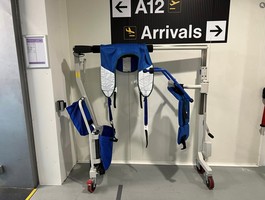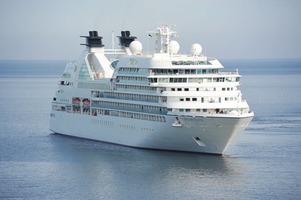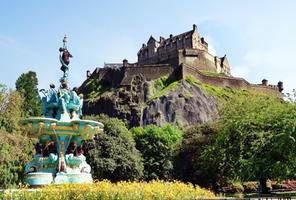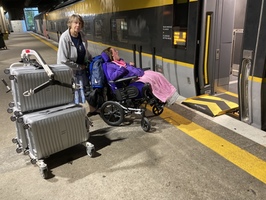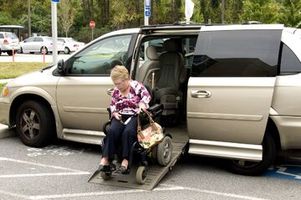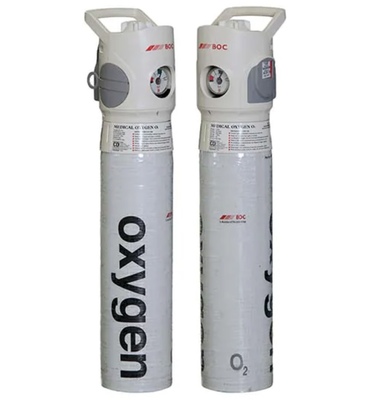
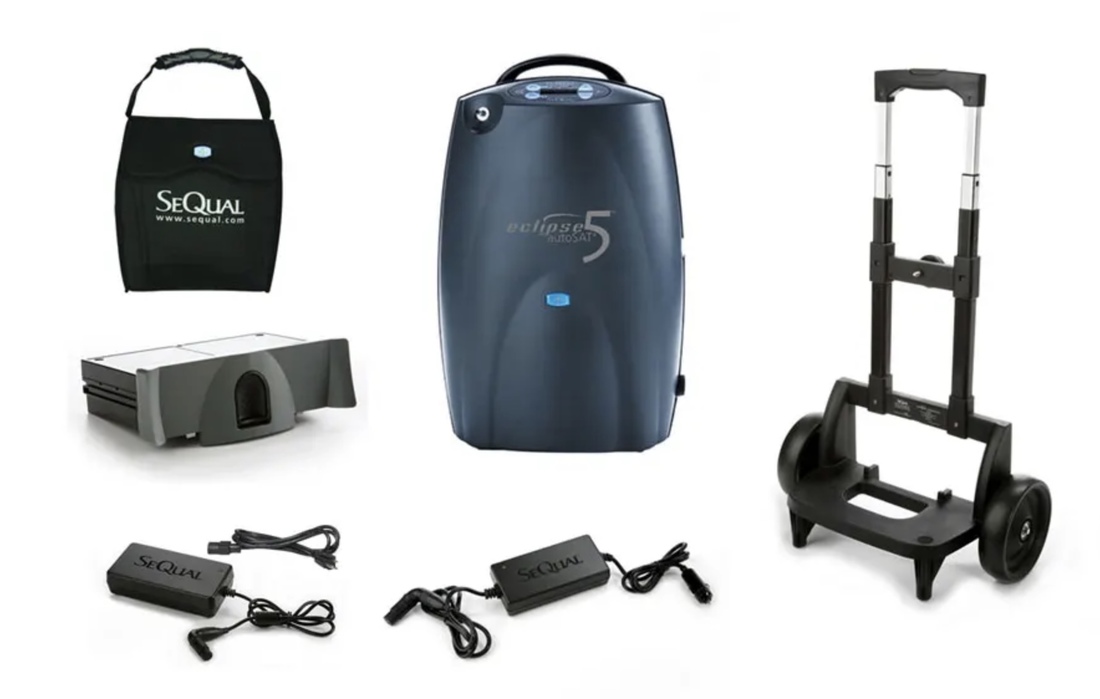 Portable Oxygen Concentrator 'Sequal Eclipse' Portable Oxygen Concentrator 'Sequal Eclipse' |
- Please note that this article is for guidance only and should not be relied upon when considering personal medical conditions . Any use of medical or therapeutic oxygen should always be under the direct supervision of a medical practitioner *
Most airlines will provide oxygen on board to help passengers who need it. In order to be eligible, passengers simply need a MEDIF form to be signed by a doctor.
In the UK, the CAA (Civil aviation Authority) state:
Medical advice to those with respiratory disease on fitness to fly depends primarily on:
- the type, reversibility and functional severity of the underlying respiratory disease
- an assessment of the likely tolerance to the cabin altitude and ambient oxygen concentration
As aircraft cabins are normally pressurised at 8,000 feet (known as cabin altitude), oxygen levels can be lower than at sea level.
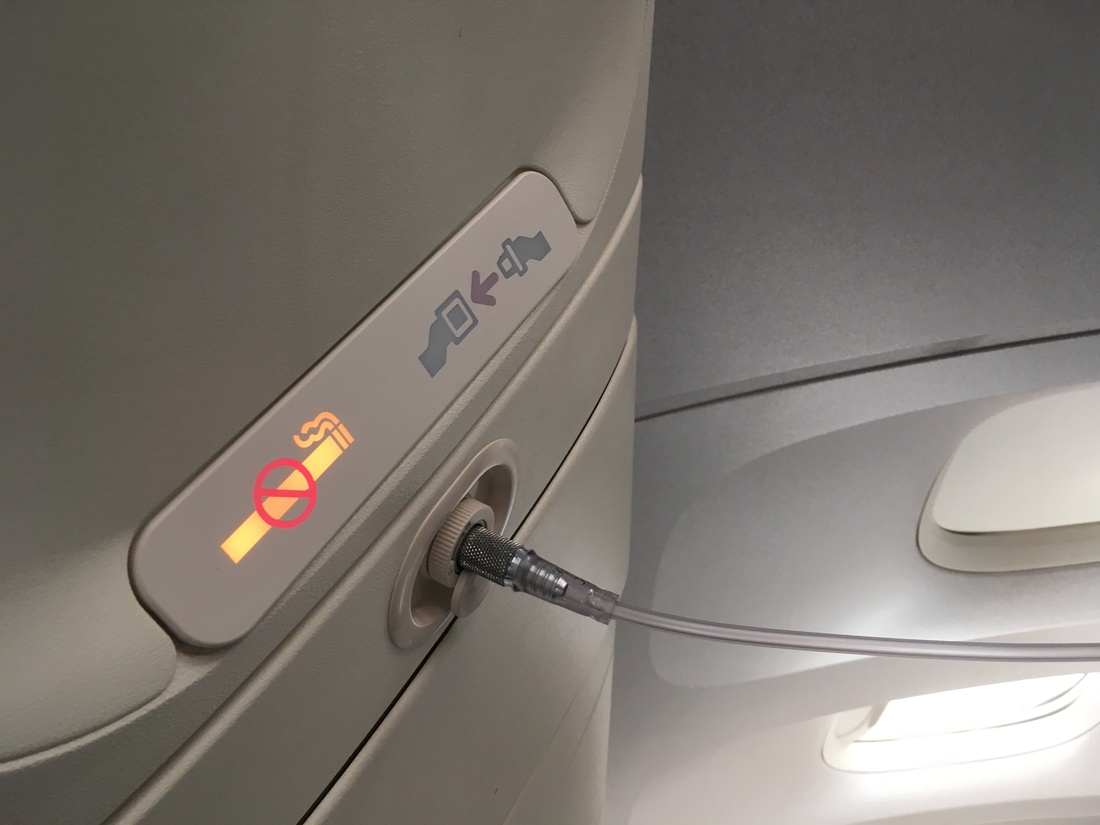 |
ABOVE: ‘Plug-in’ supply of in-flight oxygen, although some aircraft use cylinder supply instead.
The Federal Aviation Administration (FAA) has published a list of portable oxygen concentrators (POCs) with positive testing results, which include a device known as the 'SeQual Eclipse'. The issue is that these devices can be expensive for personal use, even though the investment is worthwhile.
Alongside this, the Civil Aviation Authority in the UK has published a list of regulated suppliers of in-flight supplies, including those that provide in-flight oxygen.
The latest, fifth model of the SeQual Eclipse provides a continuous flow of up to 3 litres per minute and pulse dose settings ranging from 1-9, with power, delivery mode and flow settings available to be changed on the control panel to suit the user’s individual needs.
The device runs on battery power in the case there is no power source, which is often the case in economy class. Because of this, a passenger will need to carry adequate charged batteries for the flight duration, plus at least one spare battery in case of delays or re-routes.
In all cases, check with your airline if taking your own concentrator onboard your flight.
Here's a guide to the in-flight oxygen services provided by some of the major airlines:
Emirates - Free of charge, but passengers will need to fill out a form at least 48 hours in advance. Emirates has published a list of suitable POCs, including the SeQual Eclipse.
Qantas - Charges $110 per cylinder in Australian dollars on domestic flights, and $100 for international flights.
Singapore Airlines - FAA-approved POCs (Portable Oxygen Concentrators) can be used onboard so long as arrangements are made 48 hours in advance and the machine uses a gel or dry battery that can power it for at least 150% of the flight time.
Air Canada - For those who cannot bring their POC, or the POC is not approved, Air Canada has their own Medipak oxygen service, priced $17 CAD per segment for flights within Canada, and between $220 and $1,070 CAD per segment for flights outside of it.
American Airlines - Have a handy portable oxygen travel blog, in which there are details about where to find suitable POCs and information about their inflight safety.
United Airlines - Oxygen can be provided for $150 USD per segment for flights entailing Honolulu, Guam, Manila, Palau, Micronesia and the Marshall Islands, while other flights require a POC, free of charge to use on United and United Express flights.
Turkish Airlines - Oxygen inquiries should be made 48 hours ahead of flight and a suitable tank will be provided, but passengers are not allowed to bring their own cylinders.
Ryanair offers to supply therapeutic oxygen at a continuous flow rate of two litres per minute for a maximum of 250 minutes, but cannot provide a supply for any more time than this. Wizzair follows the same rules.
While Easyjet does not provide oxygen, passengers are allowed to take up to two compressed air or oxygen cylinders on board, which must never exceed 56cm in length or a maximum weight of 5kg.
British Airways do not charge a fee for providing in-flight oxygen using onboard cylinders. Some aircraft have a 'plug-in' system above the passenger seats. The advantage of this is that there is no need to keep checking the cylinder for supply levels.
This is just a selection of the airlines we have sampled for this article. Please check with your chosen airline before travel, as to what arrangements are in place should passengers require in-flight oxygen.
Note: This information was compiled in December 2023 and may be subject to change
